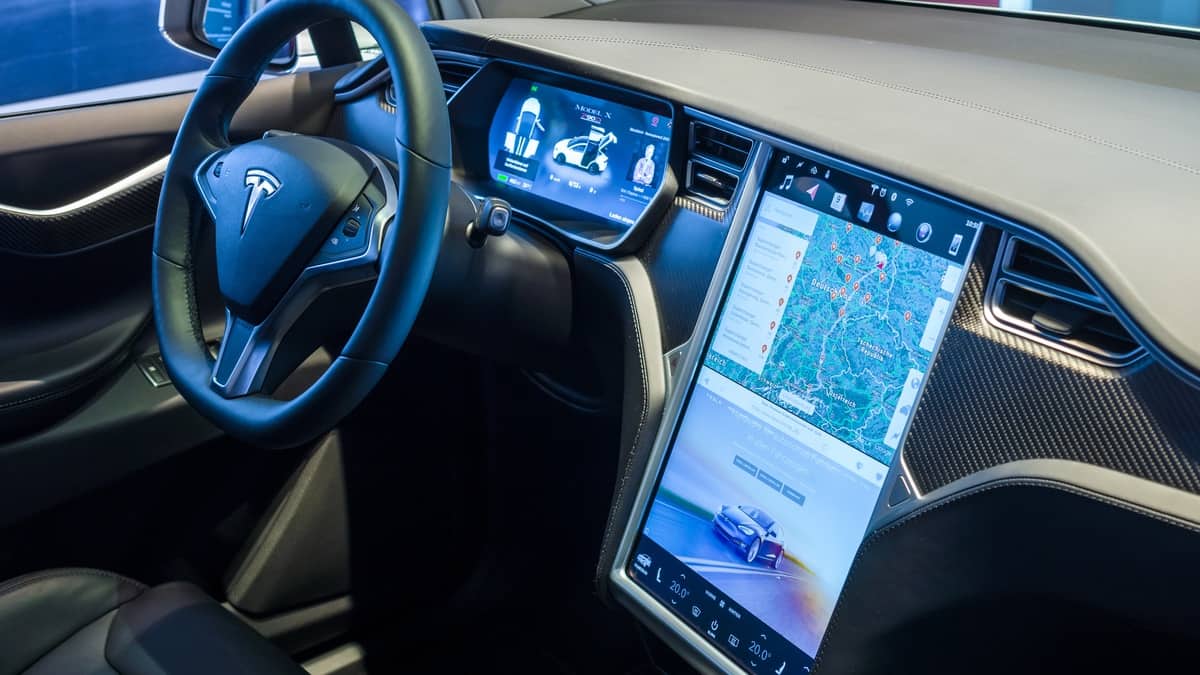The auto industry is putting a greater focus on vehicle sound design, particularly for electric vehicles. The automotive sound design produces appropriate and entertaining soundscapes within the car to guarantee that drivers are comfortable and safe. According to CleanTechnica, the sound of the engine, such as the purrs, rumbles, and growls perceived as important in driving, is intrinsically tied to the US image when it comes to automobiles.
The Tesla Model Y is silent, but it can accelerate and reach high speeds just as quickly as the majority of other cars on the road. Other EVs are not often significantly less potent either.
Will electric vehicles with quiet engines contribute to ending the trend of booming power and noise in cars?
Human senses and natural sounds
Studies show that customers of automobiles anticipate recognizable auditory experiences per a specific frequency spectrum. Furthermore, it takes effort to “decouple the symbolic links between speed, societal dominance, and loud sound, on the one hand, and the building of new links between (electric) engine power and silence, on the other,” as indicated in a classic article in Sound Studies.
In retrospect, research suggested useful sonification techniques improve the interior sound experience by linking vehicle dynamics to artificial auditory stimuli in mid-2010.
Remarkably, the vehicle soundscape’s acoustical and perceptual spatial qualities are proven to be more than just pleasing this year. That said, spatial qualities of sound sources are essential to enhance our driving’s perceptual coherency.
Acoustic Vehicle Alert System (AVAS)
Automakers must abide by acoustic vehicle alert systems (AVAS), which are government-imposed standards for EVs and hybrids. To put it simply, this abbreviation stands for the external noises that the car makes to ensure safety among vulnerable road users (VRU).
The vibration of the car’s structural components concerning factors like speed, the position of the gas pedal, and gear is used to produce artificial vehicle noises using loudspeakers or actuators. Even without visual signals, the AVAS system can amplify a distinct reversing sound to guide VRU’s ego path.
GM Engineers’ objective in developing the EV Auditory Experience
General Motors welcomed individuals with expertise in classical music, electronics, and wellness at its Milford Proving Ground.
The advanced audio design they have been composing is “the soundtrack to our future all-electric drives.” They are working together to design what is described as “EV-specific sounds with an engineer’s brain and a musician’s heart.”
The objective is for drivers to focus on the message rather than the sound itself. Consider the “fasten seat belt” warning, for instance. Instead of noticing the sound when the alarm goes off, drivers should understand that they need to fasten their seatbelts.
GM’s global regulatory sound and vibration engineer Doug Moore stated:
“Sound design and sound engineering is really a fusion of regulatory needs and artistic design. We want purposeful and pleasing exterior sound and a relaxing experience for customers in the interior. It all comes down to making our EVs safe and enjoyable.”
It is worth noting that these GM sound designers produce distinct sounds for each model. Thus, a GMC Hummer EV would not have the same engine sound as a Cadillac Lyriq.
The process begins with developing a brand’s persona and creating distinctive EV model sounds. Engineers deal with systems, performance, noise, and vibrations so that the various sounds for each model develop.
The AVAS are also tuned and calibrated differently for each of GM’s brands by the company’s noise and vibration engineers. The automaker claims that customers can anticipate a variety of fresh sounds that complement the brands and vehicle identities with each new EV that GM adds to its inventory.
Interestingly, positive driving behavior is partly influenced by artificial engine noises. By emphasizing situational awareness, it enables quicker reactions.

